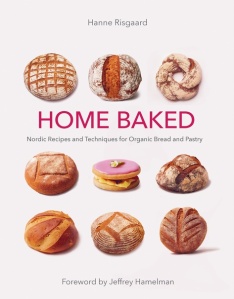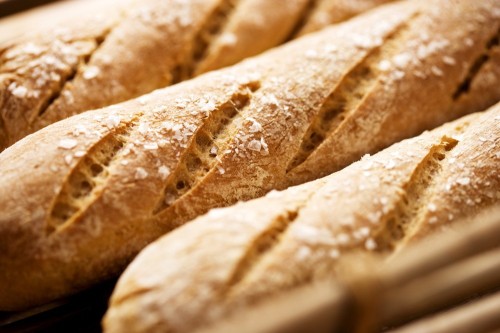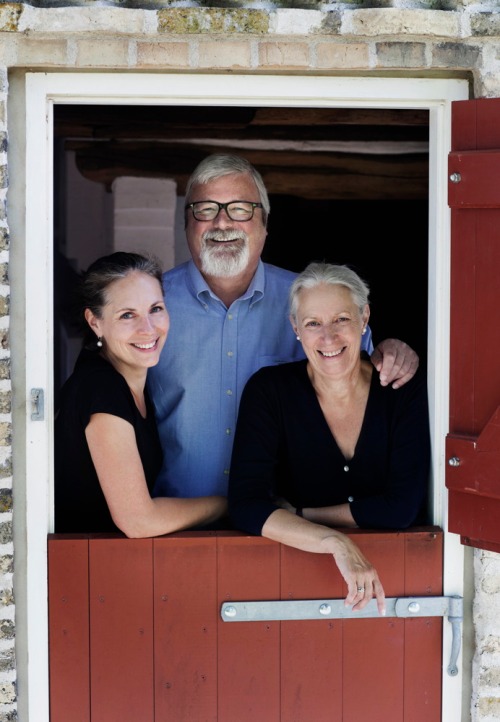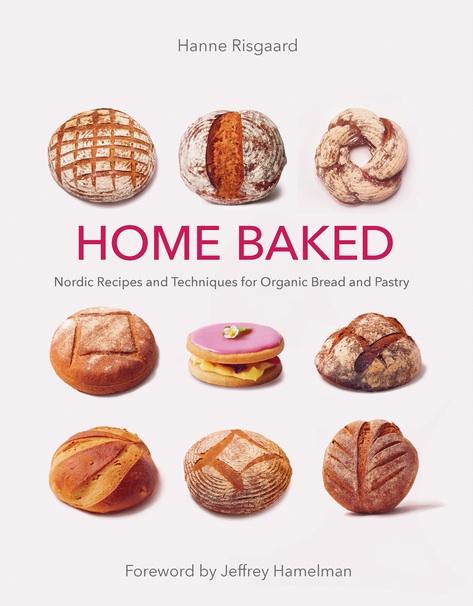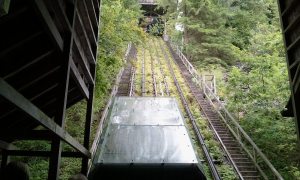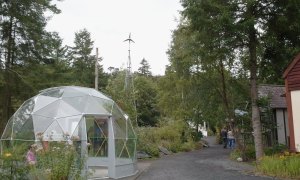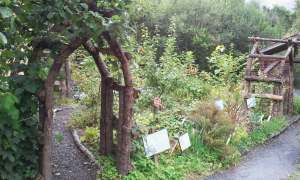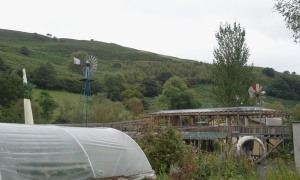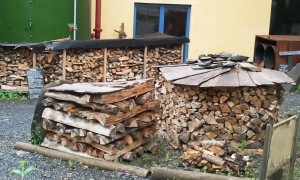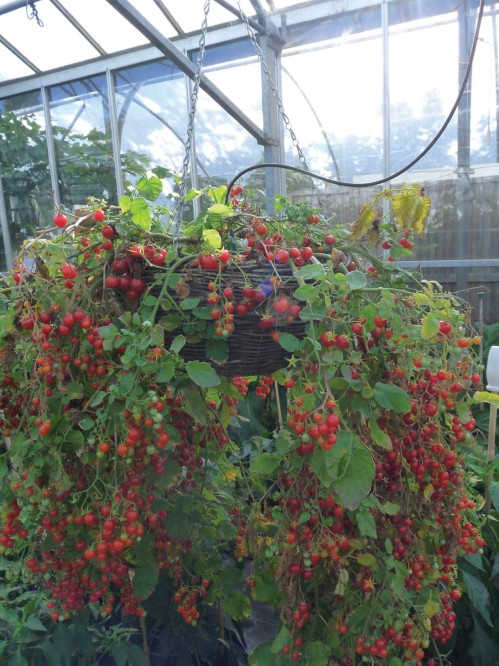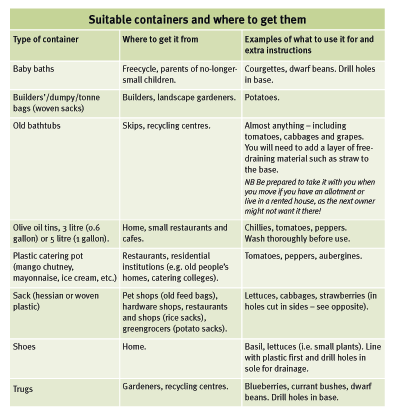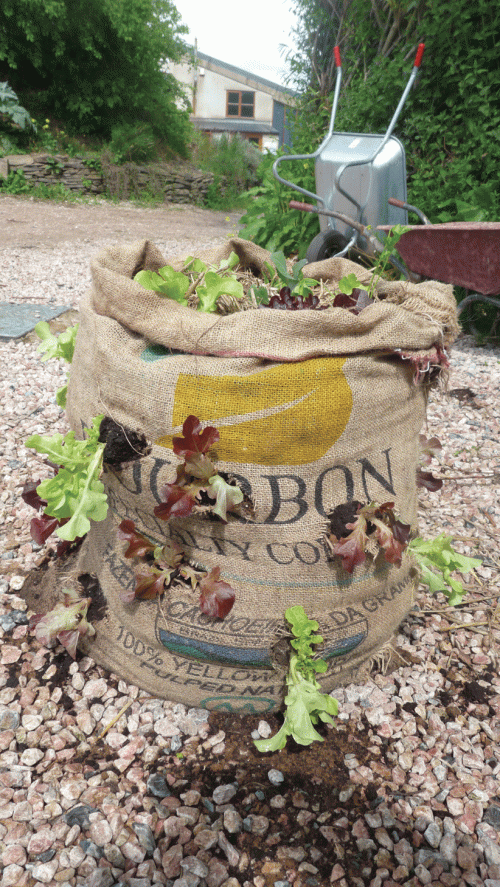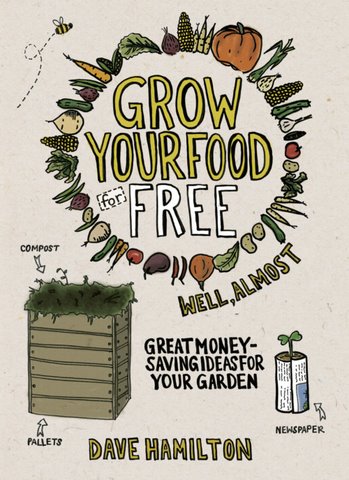
Charles Dowding in his garden
Charles Dowding, the highly respected gardener and author, has written a new book for Green Books: How to Grow Winter Vegetables, In this extract he tells us what we need to do in June to sow, plant and prepare for an abundance of vegetables ready for to harvest and enjoy all the way through winter.

“An invaluable book, intelligent of course, and inspiring too.” – Anna Pavord
“Charles’s book celebrates all that is good about growing year-round – I guarantee that you’ll actually look forward to winter after this read.” – Alys Fowler
“Opens up a needlessly neglected and wonderful part of gardening – winter with your own vegetables is a much better place to be. Charles’s book is a comprehensive, practical and inspiring guide.” – Sarah Raven
JUNE
June and July are key months for planting many winter vegetables, most of which should be set out by the middle of July. These months are also good for sowing many seeds of winter crops, such as swedes, carrots and kale in June, then winter salads such as radicchio, endive and Chinese cabbage in July.
Early June is the best time for sowing vegetables such as the humble swede, which grows most strongly and healthily in the year’s second half. Savoy cabbage is another excellent example, often sown too early in May and tending to heart up by late autumn, whereas early June sowings make no attempt to heart up before winter, and often look unattractive in late summer, from damage caused by caterpillars eating their leaves. But they develop plenty of roots, are extremely hardy and use any milder spells in winter to develop their hearts, at a time when green leaves are scarce and no brassica insects are present. Just beware larger pests such as pigeons, although they are less interested in savoys than in other brassicas.

A late June planting of lettuce, to finish by September for plantings of salad under a winter cloche
Successional sowing
Summer plantings can follow harvests of vegetables that were overwintered or sown in early spring. This second cropping allows you to make more use of space, and leads to a cleaner plot, rather than leaving weeds to grow after a first crop.
But growing two harvests in a year also asks more of the soil, and, unless enough compost was spread in the previous autumn or winter – so that some is still visible on top in summer – it is worth spreading about another 2cm (less than an inch) on the surface before planting.
Sowing and planting in June
|
Indoors |
Outdoors |
| Sow |
Beetroot, chicory for forcing, kale, purple sprouting broccoli, spring cauliflower, swede, winter cabbage (savoy) |
Beans for drying beetroot, carrot, chicory for forcing, kale, seakale, spring cauliflower, swede, winter cabbage (savoy) |
| Plant |
|
Beans for drying, Brussels sprouts, celeriac, chicory for forcing, kale, leek, purple sprouting broccoli (late in month), winter cabbage (all types), winter squash (early in month) |
| General |
|
Net brassicas if pigeons are hungry. Thin parsnips. Keep weeding. |
Waiting until June to sow many winter brassicas, such as kale, swedes and savoy cabbage, helps to spread the workload. Also, there is probably plenty of weeding and edging to do, and the first harvests of summer to gather, marking an end to the hungry gap.
BEANS FOR DRYING
Plants of beans to dry want to be in place during the first week of June if possible. Any later and they are unlikely to have enough time for beans to dry on the plant in September.
BEETROOT

Late September: module-raised beetroot planted in June. Some larger roots have been harvested.
• Best sowing time: June. Sow early in month if you want larger roots.
Other possible times: May for enormous roots; first week of July for smaller roots
• Seed is best sown indoors in modules
• Can follow salads, peas, spinach and carrots, especially when raised as plants indoors
Modules of beetroot (see picture) and chard, sown four weeks earlier, for planting without thinning
Varieties
Beetroot has a lot of variety to offer, in root shape, colour and flavour. ‘White beetroot’ is one of the sweetest, closely followed by yellow – for instance, ‘Burpees Golden’ and ‘Golden Detroit’. If you like an extra earthy flavour and hoops of red and white, try ‘Barbietola di Chioggia’. Good red varieties for winter use are ‘Sanguina’ and the ever-reliable ‘Boltardy’. All the aforementioned roots are round, while a long one of sweet flavour is ‘Cheltenham Green Top’, whose roots are sweeter and deeper, giving extra resistance to frost.
Sowing
Early June is best for large harvests; early July is the last chance for roots of reasonable size. Beetroot grows well from being sown in modules or pots and then transplanted. A big advantage of doing this is the extra time gained for an earlier crop to finish. Sow three or four seeds in each module and then, about a fortnight later, thin seedlings to four per clump (some seeds grow more than one seedling). Each module can be planted without further thinning – its clump of plants will grow together, with their roots pushing one another apart as they swell (see photo on page 152).
Planting out
Clear all weeds and any surface remains of the previous crop, then dib holes 45cm (18″) apart. This spacing is for clumps of four beetroot on average and should result in medium sized roots. Plant closer if modules have fewer plants; a little wider if you want larger roots.
Spacing
If sowing seed direct, draw out drills about 45cm (18″) apart and sow seeds every 2-3cm (1″), then thin seedlings to 5cm (2″).
Problems
Beetroot is relatively trouble free, of insects at least, although slugs often make small holes in roots, especially in late autumn. A fairly common disease is a fungal rot, which results in black spots on roots, and yellow varieties are especially susceptible. I know of no remedy and put infected roots in the compost heap. Birds sometimes eat leaves of seedlings, and a fleece or mesh cover for the first month may be necessary.
BROCCOLI, PURPLE SPROUTING, & KALE
When planted in June, these have time to grow really large, compared with later plantings in July. As with Brussels sprouts (see below), they can be inter-planted with catch crops of quick-growing lettuce. Again, be ready to cover them with mesh or fleece.
BRUSSELS SPROUTS
Any time in June is good for planting Brussels sprouts. Make a hole deep enough to bury most of the stem and firm plants in well.
Because sprouts are such a hungry vegetable I do not grow a preceding crop, but it can help them to grow better if a few lettuce are planted out between them. Some plants seem to feel a little lonely when spaced widely and grow more strongly when other plants are nearby. The lettuce can be cropped for leaves or grown for hearts, and will be finished before all the space is needed by the sprout plants.
CABBAGE, WINTER
Ballhead cabbages want planting before midmonth so there is time for dense hearts to develop, whereas savoys can go out as late as July. Be prepared to cover plants with either netting against birds or mesh against insects. This is easier when all winter brassicas are planted together in one block.
CARROT

Carrots protected by fleece over the whole bed
• Best sowing time: mid-June
• Other possible times: from mid-May to early July
• Seed is best sown direct in the soil
• Carrots can follow spinach, spring leeks or radishes, or be inter-sown between garlic and salad onions
Varieties
There is plenty of choice, with variations in shape, colour and flavour. An old and reliable favourite is ‘Autumn King’, which stores well and has long, pointed roots. ‘Berlicum’ and ‘St Valery’ are two equally tasty varieties for keeping through winter. ‘Early Nantes’ is a good choice for late sowings, even into the first half of July in milder areas – it grows fast and also keeps well in cold conditions. Some varieties have been bred to resist carrot root fly, but I have found them to offer only slight resistance.
Sowing & planting out
Sowings in early June may be eaten as small plants by the last spring hatchings of carrot root fly, so mid-month is safer, and still gives time for good-sized roots to develop. Carrots mature to a good size within four months, sometimes in only three. Outdoor sowing is easier at this time than in spring, when germination can be interrupted by cold weather. Sowing carrots in modules for transplanting is possible, but take care to plant them out when seedlings are still small, with no more than one true leaf, in case tap roots have reached the bottom of their pots, which leads to forked roots.
Spacing
Row spacings of any distance from 30cm to 45cm (12-18″) are possible, according to how large you like your carrots. Sowing two or three seeds per centimetre (five or six per inch) should allow, after thinning, sufficient room for large roots to grow, about a centimeter (half inch) apart. Thinning is more important for having roots of a good size to store.
Problems
Carrot root fly is always a persistent pest, with the ability to make roots almost inedible when many maggots succeed in hatching: they tunnel around and through roots at different levels. There are a few flies around all summer, then their main season is late September and October. Dry summers keep them at bay, to a point, because the flies’ eggs need moisture to wash them down to root level after being laid on the surface. The most reliable way to prevent damage is to cover all carrot plants with mesh, by early August. Another remedy is to make a polythene ‘wall’ around a carrot bed, about 60cm (2′) high. This stops the entry of any carrot root flies because they fly close to the ground.
Inter-sowing
This works best in soil with few weeds and is a way of temporarily double-cropping a piece of ground to save time. Carrots grow slowly at first and need few nutrients at this stage; sowings in June can be made between any maturing crop that offers enough light and is not removing too much moisture. Garlic is the most suitable example because it is finishing its growth in June and is then harvested in early July. Spring-sown salad onions can also be inter-sown with carrots.
Soil needs to have been well composted when the garlic or onions were planted, to have sufficient fertility for winter carrots as well. Rows 30-40cm (12-16″) apart are ideal for sowing carrots between in June. Take care when harvesting the garlic or onions not to disturb the rows of carrot seedlings.
BUY CHARLES DOWDING’S HOW TO GROW WINTER VEGETABLES for information on other vegetables that need attention in June, including
CAULIFLOWER, SPRING
CELERIAC
CHICORY (FORCING)
LEEK
SQUASH, WINTER
SWEDE
JOBS FOR JUNE
If you have not already thinned your parsnips, you can do so in June.
Weeding is ongoing and can be more time consuming in June than later in summer, because many vegetables have not yet grown enough to shade the soil
By the end of June, there will probably be few empty spaces in the plot, with an abundance of plants growing and some that are ready to harvest, such as lettuce, spring onions, spinach, radish, beetroot, carrots, broad beans, peas and early potatoes. Then, once they are harvested, soil can be cleared, cleaned and planted with second crops – some sown in June, some still to sow in high summer.

Extract from How to Grow Winter Vegetables by Charles Dowding, published by Green Books
For more information or to buy the book now, visit Green Books’ online bookshop
Other best-selling titles from Charles Dowding:


